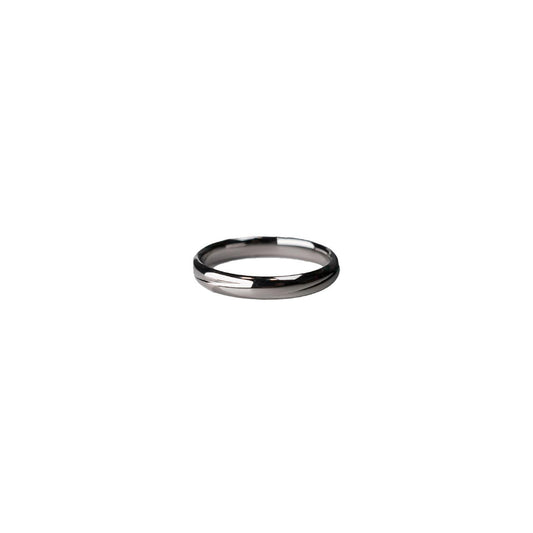What Do We Really Spend on Engagement Rings
What Do We Really Spend on Engagement Rings
When I was a kid, my grandmother used to let me rummage through an old jewelry box she kept on her dresser. Among tangled chains and mismatched earrings, there lay an engagement ring—the ring that my grandfather proposed with. It was a modest solitaire on a slim gold band, the kind that doesn’t scream but whispers. I remember asking her once about how much it cost, and she laughed, saying, "More love than money, that's for sure."
Fast forward to today, and the landscape of engagement rings has dramatically evolved. The question of "how much" is often as significant as the ring itself. On average, Western couples spend anywhere from $3,000 to $7,000 on an engagement ring. But averages, like my grandmother's gentle laughter, can be misleading. They mask the fact that what people spend often varies based on personal values, financial comfort, and even regional influences.
In bustling urban areas, there's a cultural weight that often pushes individuals to spend more. Perhaps it's the influence of social media, where the sparkle of a diamond is captured in countless engagement announcements. Or maybe it’s the expectations set by luxury lifestyles we see played out on TV shows and in movies. Couples may find themselves comparing the carat size of their token of eternal love to those worn by celebrities, despite knowing these comparisons might not really matter.
But dollars and carats aside, the styles of engagement rings are as diverse as the people who wear them. The traditional solitaire has recently seen some playful competition from vintage and custom designs. These unique pieces often incorporate colored stones like sapphires or even non-traditional materials such as wood or meteorite, infusing each ring with personal significance that transcends monetary value. It’s not just about the sparkle; it’s about the story, the journey, and sometimes, the little quirks that make a ring truly yours.
I have a friend, Clara, who recently got engaged. She and her fiancé chose a ring made from recycled gold adorned with a lab-grown diamond. It's simple yet elegant, chosen for its ethics more than its aesthetics. Clara often jokes that it’s the most environmentally friendly decision they’ve made in their relationship. Their choice, rooted in shared beliefs, reflects another aspect of modern ring-buying: meaning over materialistic benchmarks.
The conversation about engagement rings touches more than just our wallets. It dances around the ideas of status, love, and priorities in life. Should a ring be a financial stretch? Or should it be just enough to mark the intention without tipping into debt? These questions linger in the minds of many soon-to-be-engaged couples. They are reminders that while traditions guide us, they don’t define us.
Engagement rings are deeply personal; their worth is often far beyond monetary value. Whether you’re saving for a sparkling diamond or choosing something unconventional that speaks to who you are, the only real measure of worth is how it feels to you. In the end, my grandmother was right. The true value is found in the love that the ring represents, not necessarily the price tag.

























